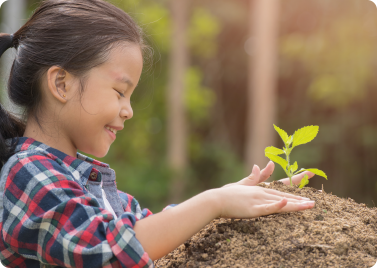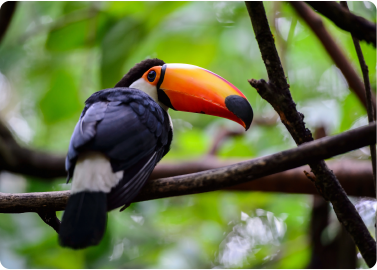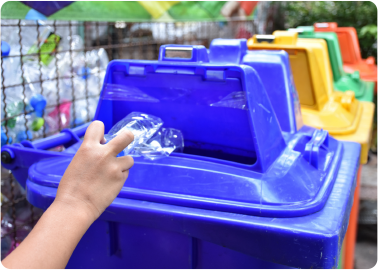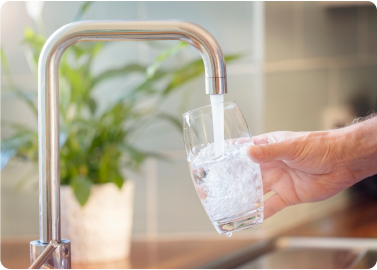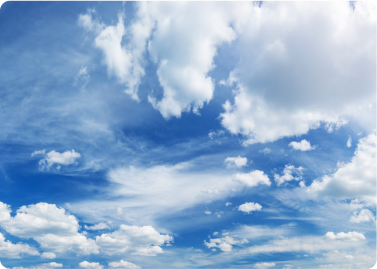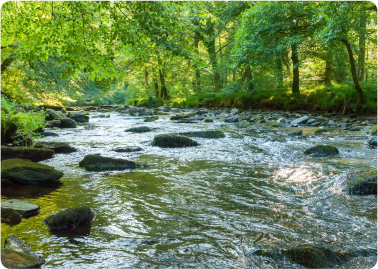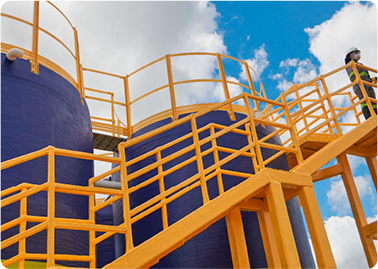Correct waste management: a constant task for BRK
The company uses corporate procedure to responsibly manage hazardous and non-hazardous waste
BRK knows the impact that the incorrect disposal of waste - hazardous or not - has for the environment and for society as a whole. Therefore, the company manages the issue following national policies and guidelines from Brazilian standards regulated by ABNT (NBRs) on the subject, in addition to the company’s ESG Policy. BRK units carry out waste management in accordance with a corporate procedure for Integrated Waste Management, with the implementation of selective collection to carry out the correct separation of operational and administrative waste. The company also carries out studies and projects to increase the reuse of waste, valuing its potential for better destinations.
The Environment teams at BRK units are responsible for approving partners who receive and transport these materials. To manage this process, which includes a series of documentation, BRK uses the Onegreen software. The platform is responsible for organizing and making approvals made in one unit available to all the others, which guarantees standardization, transparency and greater organization in this type of management.
Since 2013, the BRK unit in Jaguaribe, in Salvador (BA), sends all the main operational waste (class IIA sand) to be used in the construction of ceramic blocks, a new production cycle. In 2019, the unit carried out a new study for the destination of this type of waste to recover areas degraded by mining activities.
At the administrative level, at BRK’s headquarters in São Paulo, the company also implemented selective waste collection on all floors, with the correct disposal of hazardous waste, such as batteries, in addition to infectious elements, such as disposable masks and used gloves. In the building where BRK is headquartered, waste is managed by the condominium itself, a Green Building LEED certified construction, which has an agreement with a company for the disposal of these materials. Materials are sent for recycling, when possible, and hazardous waste is sent to companies specializing in these types of products.
¹Green building, or sustainable constructions are buildings that consider sustainable criteria, be they society, the environment or the economy, throughout their life cycle.
²LEED (Leadership in Energy and Environmental Design) is a Certification tool which seeks to encourage and accelerate the adoption of sustainable construction practices. This evaluation system promotes an approach to the whole building, from project conception to final construction and maintenance.

Sludge drying
Sludge is one of the main waste generated in effluent treatment processes. This type of residue, with a pasty characteristic, dewatered at the treatment stations (ETAs and ETEs) has up to 80% of water in its composition and, through drying with the addition of oxidizing reagents, thermal dryers and other compounds, it is transformed into a rich by-product that can be used as fertilizer for agricultural soils – an important reuse in another production chain.
This measure is yet another initiative that reflects BRK’s commitment to managing the company’s waste in an intelligent and useful way, preserving the environment and ensuring a productive destination of these materials to other environments. With the drying of the sludge, there is a reduction in the sending of waste to sanitary landfills, a measure in line with the National Solid Waste Policy.
This innovative project was one of those that helped BRK to win the Valor Inovação Brasil award, 2020 edition, promoted by the Valor Econômico newspaper. That year, the company was elected first in the Infrastructure category for the second consecutive year, with a series of initiatives aimed at the development of high-efficiency sustainable projects for water and sewage treatment services.
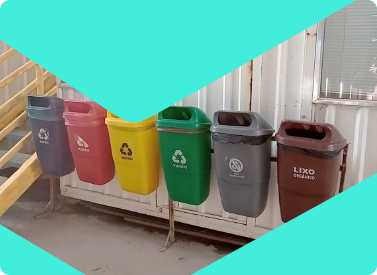
Control in waste generation
BRK monitors, through its environmental management processes, the generation and disposal of waste in its processes. Between January and December 2022, the company accounted for a total of 465.7 thousand tons of waste generated. Of this volume, only 12% refers to operational waste (sludge + sand) from ETEs and ETAs destined for sanitary landfills.
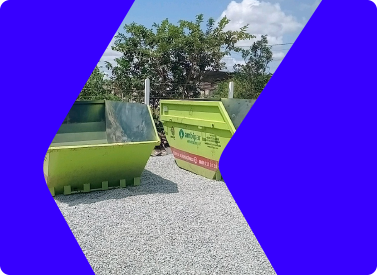
Waste at BRK Ambiental
• 584.2 thousand tons of waste were generated
• 2.6 thousand tons of waste from the operation (sludge + sand) were reused and no longer sent to landfills
• 174.3 thousand tons of construction waste (rubble, excavation soil, scrap, etc.)
• 922.5 tons of recyclable materials were sent for reuse
• 188.6 tons of hazardous waste treated in accordance with the National Solid Waste Policy (PNRS)
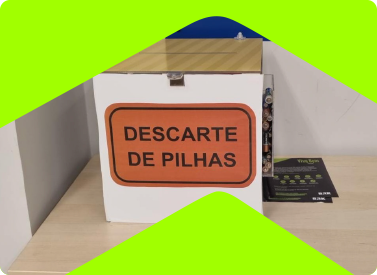
Hazardous waste at BRK Ambiental
Although they are not representative of the total volume of waste generated by the company (0.03%), BRK has a system for controlling and monitoring waste generation throughout its supply chain, through records of the national solid waste information system – SINIR (abbreviation in Portuguese), where information on waste generation, transportation, disposal and treatment is found. Every supplier in the waste management chain (transporter, temporary storage, final addresser) goes through the analysis of the Corporate Environment team and units, being approved those that meet minimally the requirements provided for in our internal waste management and homologation procedures. It is also observed that all disposals of hazardous waste are carried out by third parties properly licensed and approved by BRK Ambiental environmental team.







